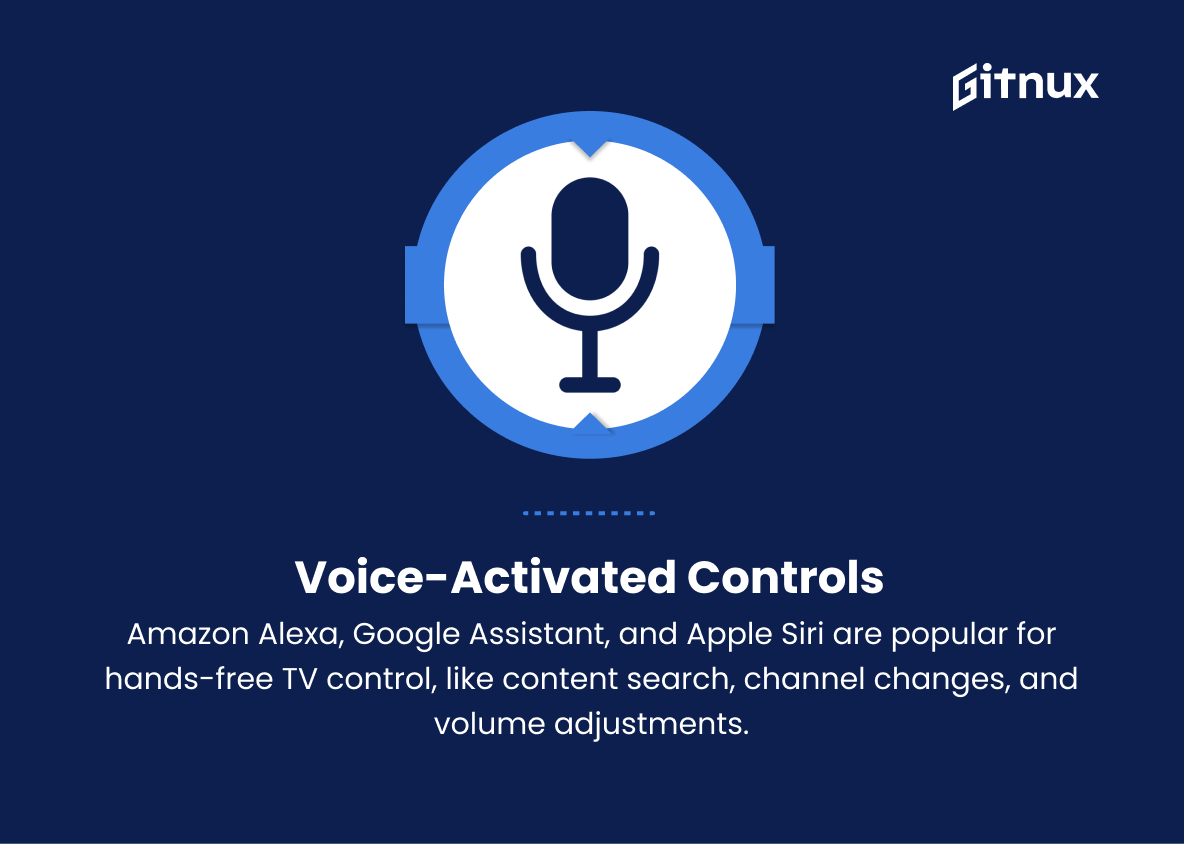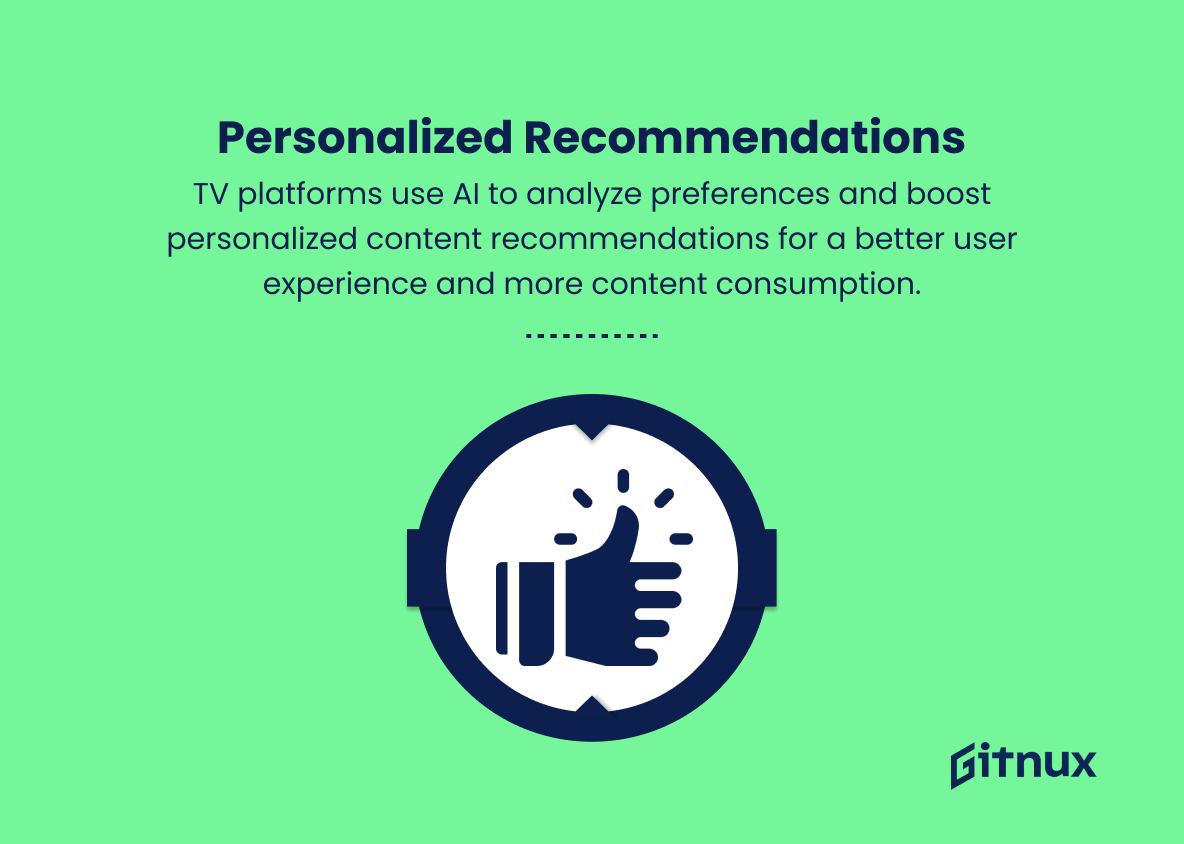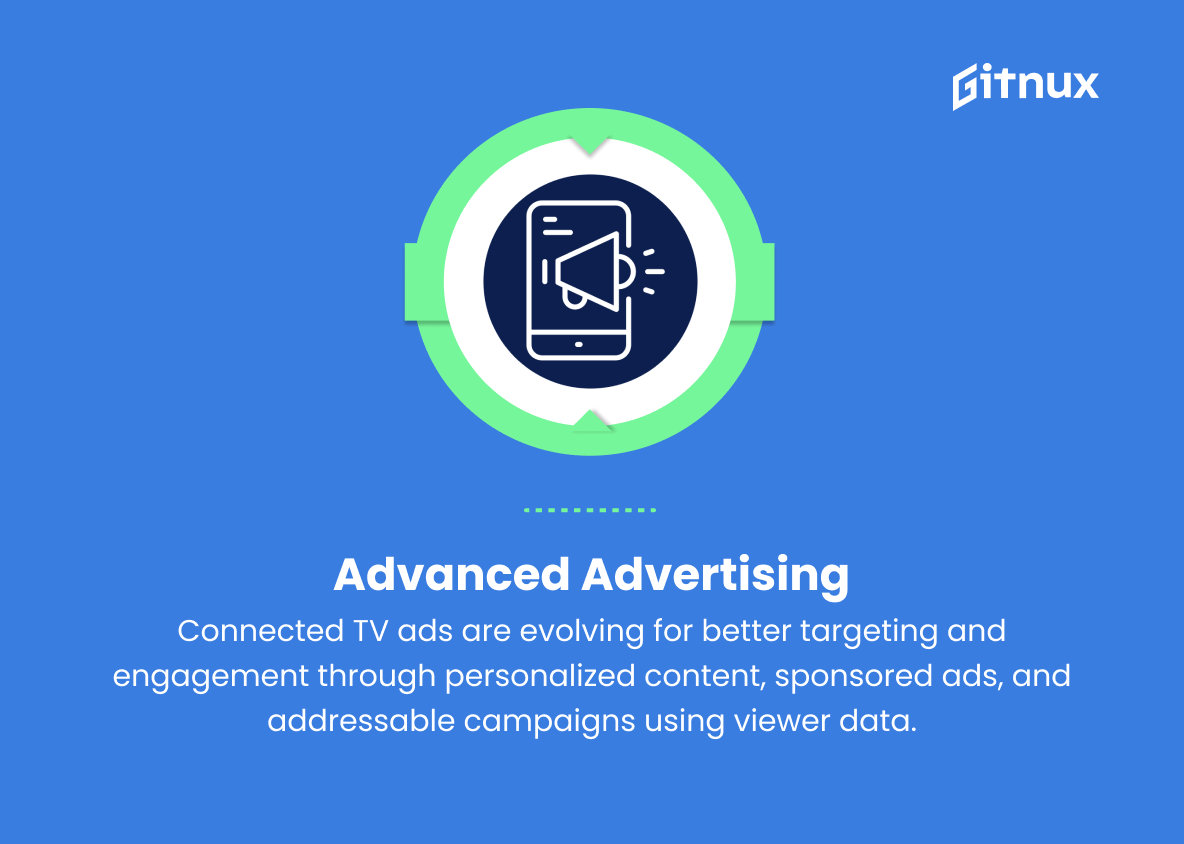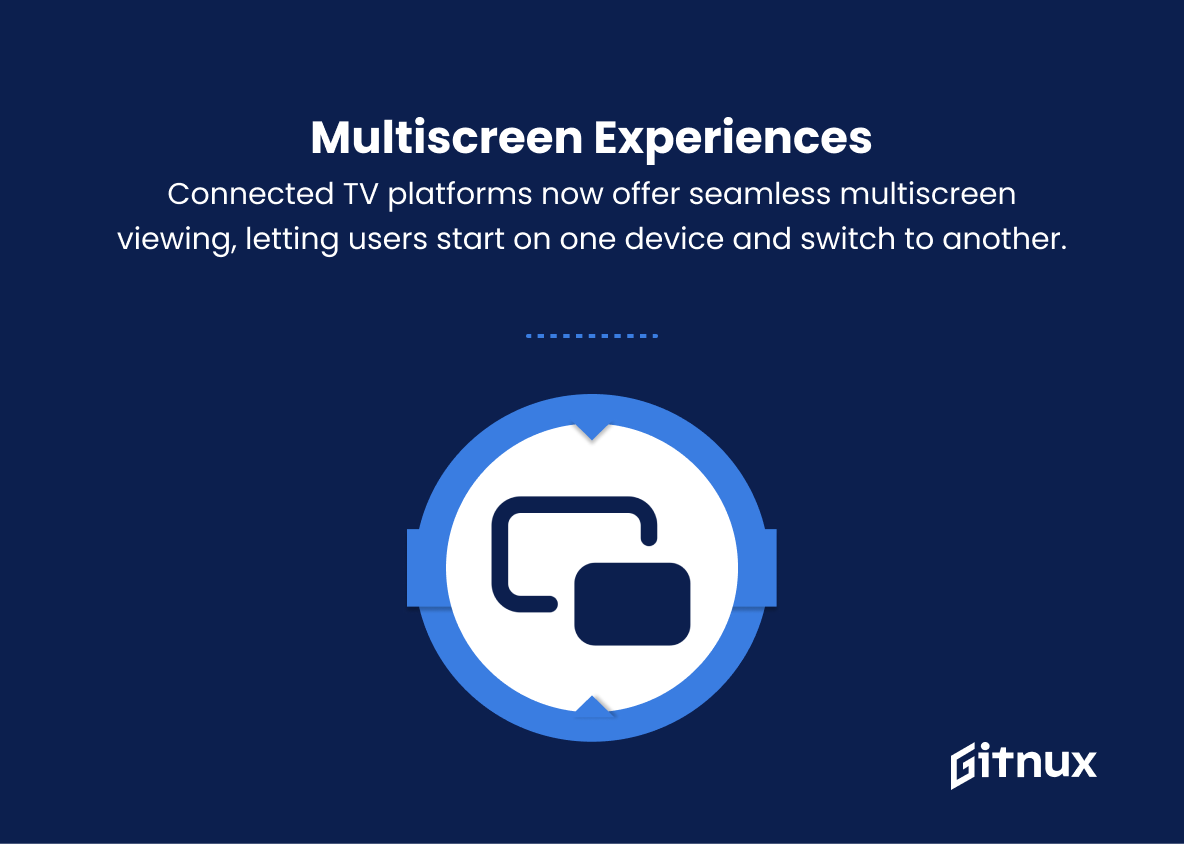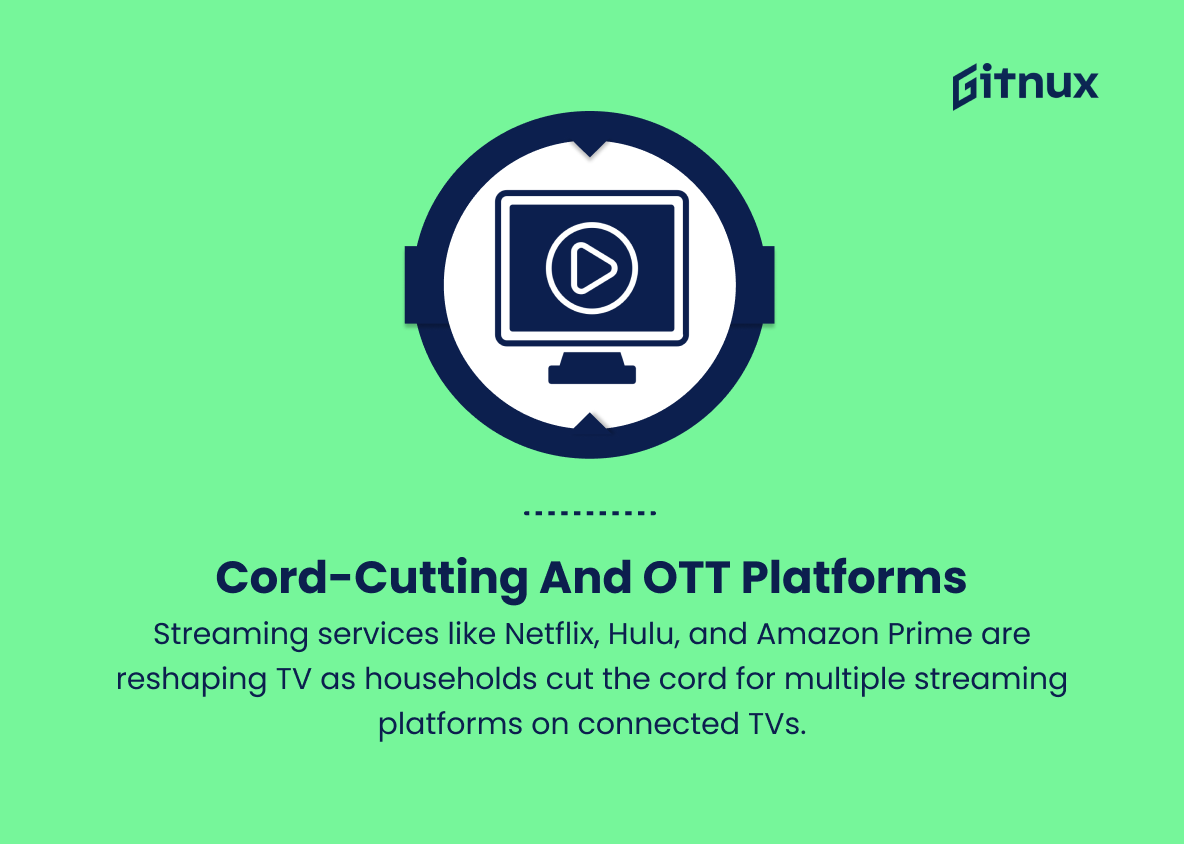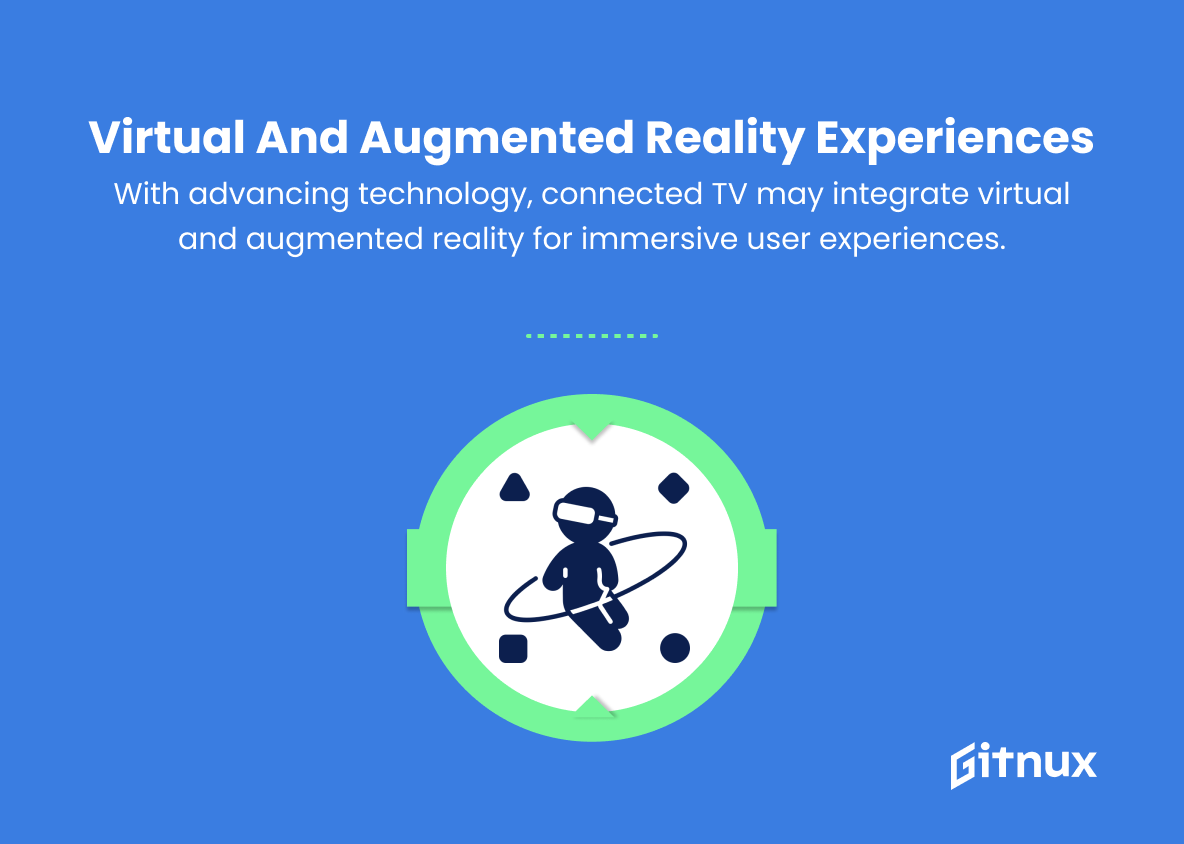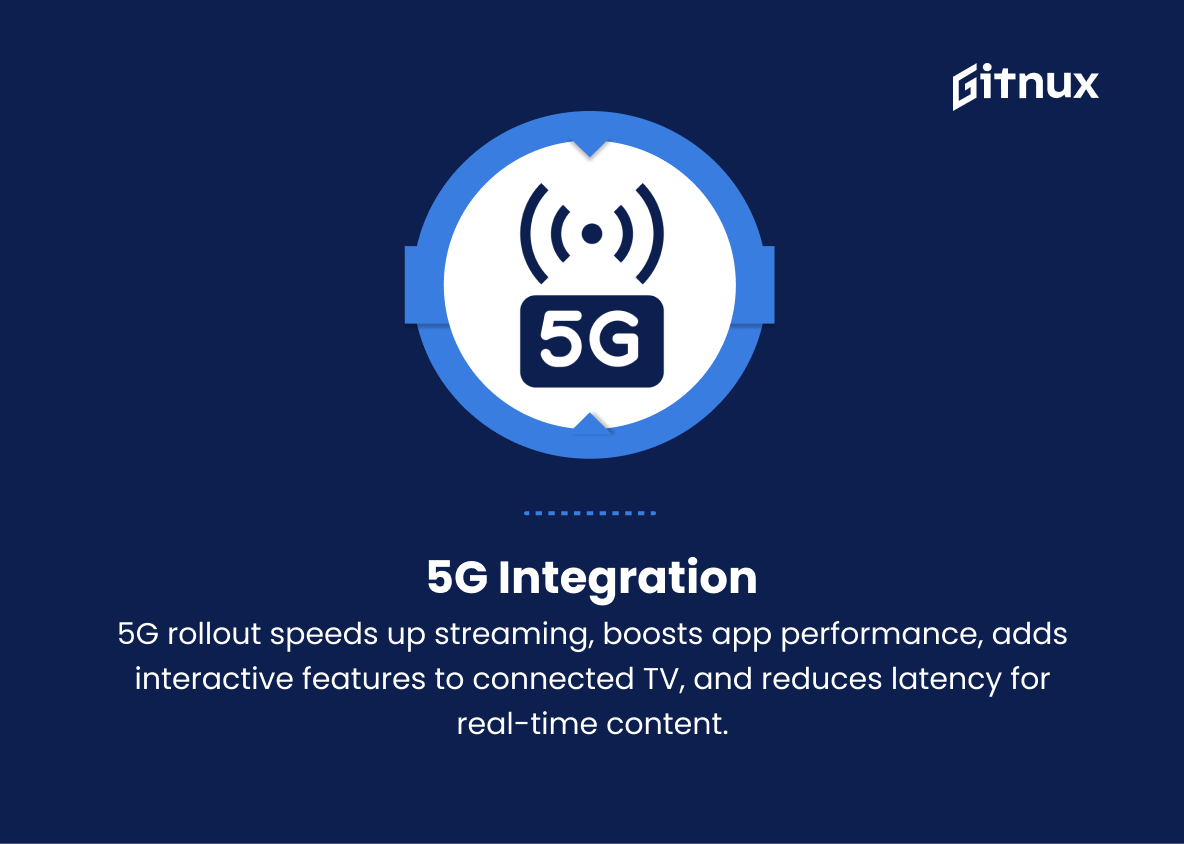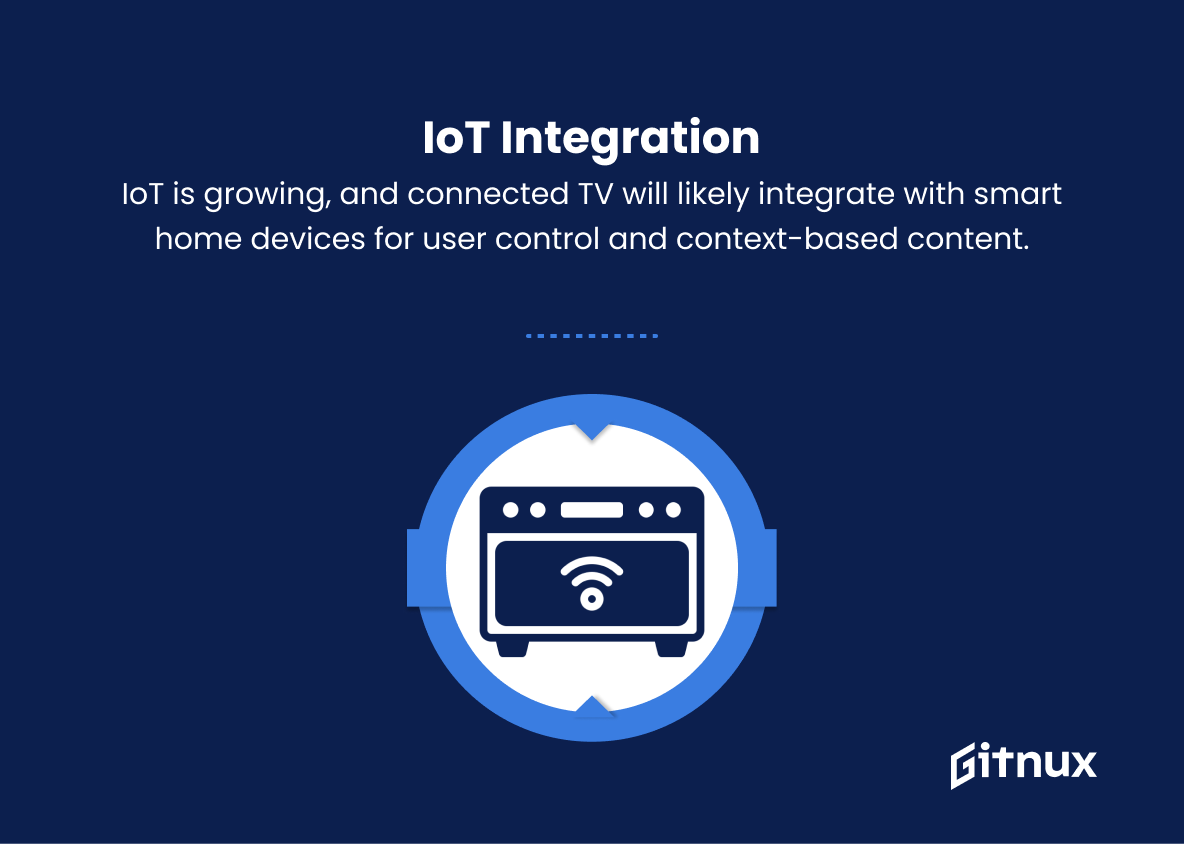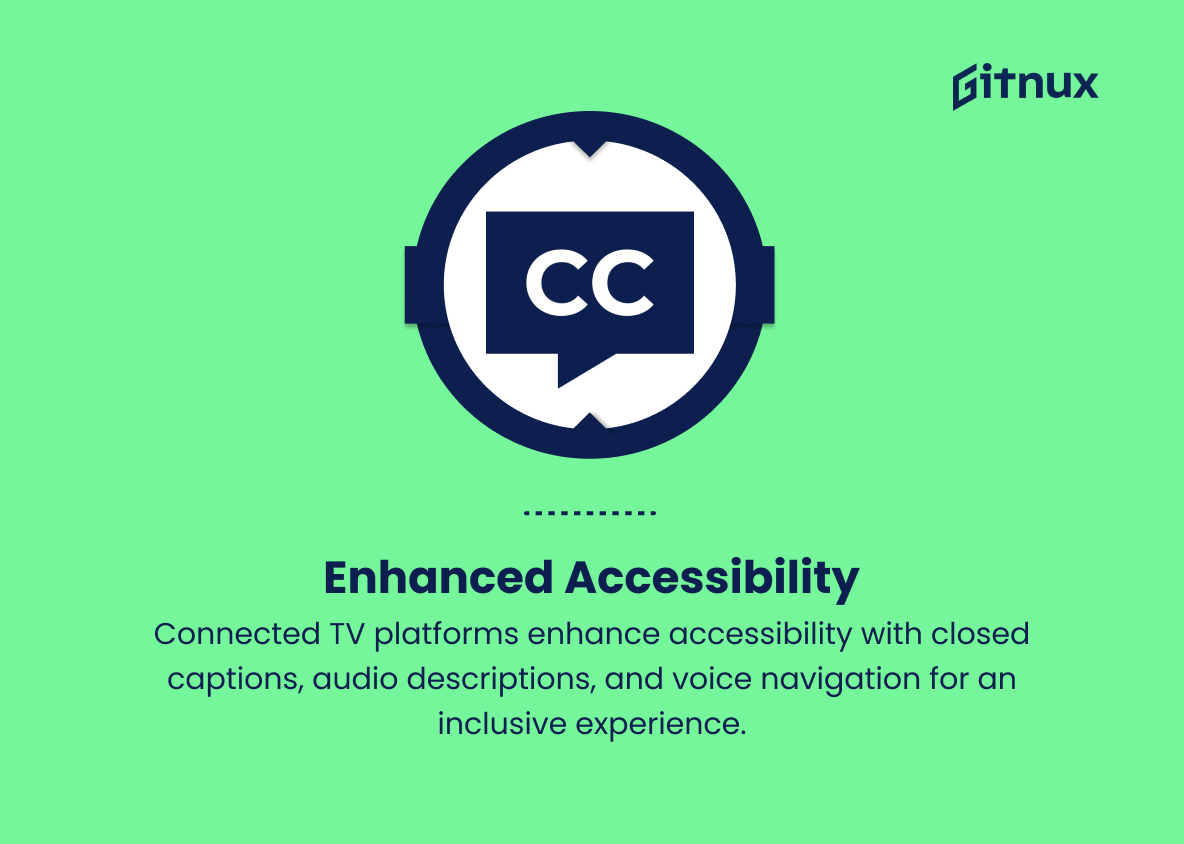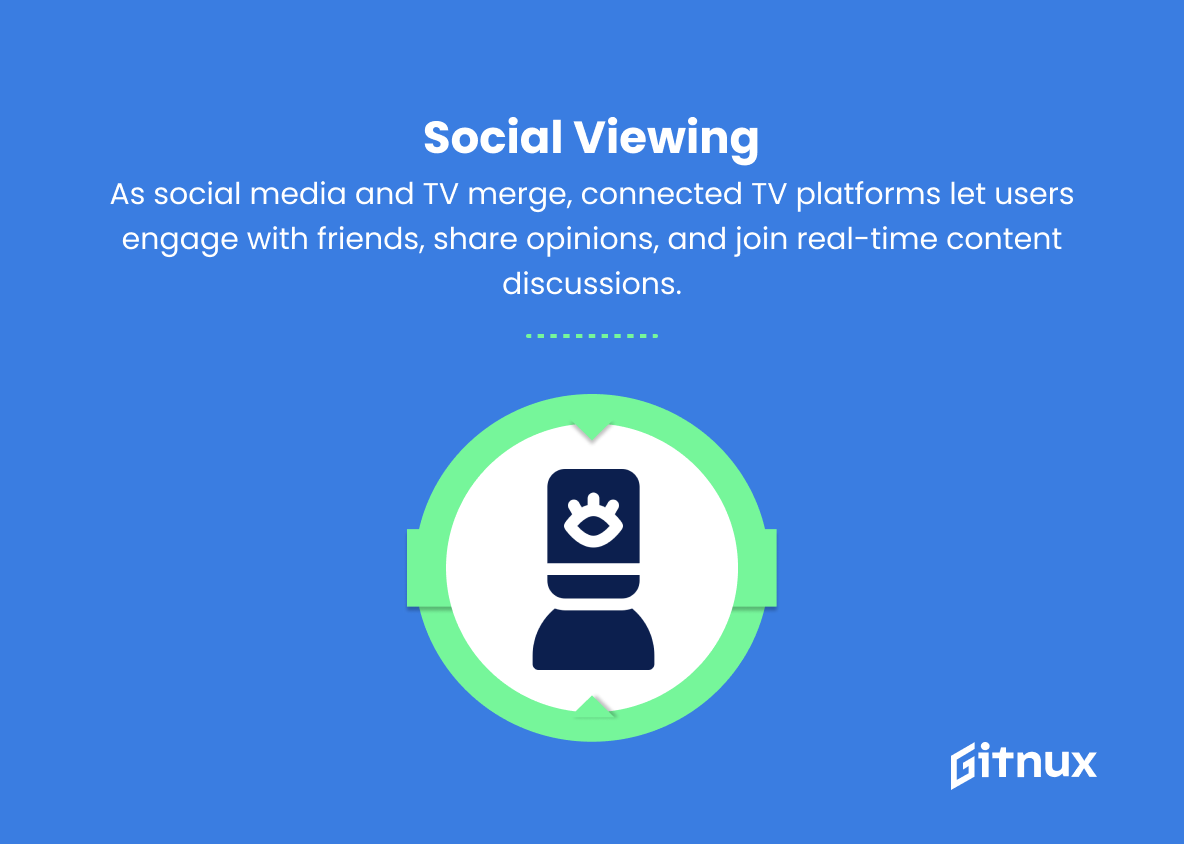In today’s rapidly evolving digital landscape, the way we consume content is constantly changing. Traditional television is being replaced by Connected TV (CTV), a powerful platform that has taken the industry by storm. This transformation has far-reaching implications, altering not just our viewing habits but also sweeping modifications in the realms of advertising, audience targeting, and data-driven strategies. In this thought-provoking blog post, we delve into the latest Connected TV Trends that are redefining the scope of entertainment and the future of the television industry. Join us as we explore the technological innovations, consumer behavior shifts, and market dynamics that are driving this captivating digital revolution.
Top Connected TV Trends
1. Voice-activated controls
Voice assistants such as Amazon Alexa, Google Assistant, and Apple Siri are increasingly becoming popular for controlling connected TV devices and functions, enabling users to search for content, change channels, or adjust volume settings hands-free.
2. Personalized recommendations
Connected TV platforms are leveraging AI and machine learning algorithms to analyze user preferences and generate personalized content recommendations, aiming to enhance user experience and increase content consumption.
3. Advanced advertising
Connected TV advertising is evolving to offer more targeted and interactive ad experiences, using viewer data to create personalized ads, sponsored content, and addressable TV campaigns that are more effective and engaging.
4. Multiscreen experiences
As users consume content across a range of devices, connected TV platforms are increasingly offering seamless multiscreen experiences, allowing viewers to start watching content on one screen and seamlessly continue on another.
5. Cord-cutting and OTT platforms
The rise of streaming services like Netflix, Hulu, and Amazon Prime Video is reshaping the TV industry, as more households are cutting the cord and opting for a combination of streaming platforms to access their favorite content on connected TVs.
6. Virtual and augmented reality experiences
As the technology advances, connected TV platforms may incorporate virtual and augmented reality elements to enhance user experiences and create more immersive content experiences.
7. 5G integration
The rollout of 5G technology will enable faster streaming, improved app performance, and new interactive features for connected TV experiences, with reduced latency and real-time content delivery.
8. Interactive content
Connected TV platforms are becoming more interactive, offering users the ability to participate in polls, live chats, and other interactive content elements during their favorite shows and live events.
9. Gaming
As the gaming industry continues to grow, connected TV platforms are increasingly offering integrated gaming experiences, with high-quality, cloud-based games and apps available for users to play directly through their connected TVs.
10. IoT integration
The Internet of Things (IoT) is expanding rapidly, and connected TV platforms are likely to integrate with various smart home devices and sensors, enabling users to control their homes and access additional content based on their context and needs.
11. Enhanced accessibility
Connected TV platforms are working to provide improved accessibility options for users with disabilities, such as closed captioning, audio descriptions, and voice navigation, creating a more inclusive user experience.
12. Social viewing
As social media and TV experiences continue to converge, connected TV platforms are offering users the ability to engage with friends and followers, share opinions, and participate in real-time discussions related to the content they are watching.
Implications
The future of connected TV is set to become more personal, interactive, and immersive, thanks to the growing integration of voice-activated controls, personalized recommendations, and advanced advertising. Users can expect to have seamless multiscreen experiences, as they increasingly embrace cord-cutting and OTT platforms, moving away from traditional cable and satellite services. New technologies such as 5G, virtual and augmented reality, and IoT integration will enable faster streaming, improved app performance, and a more comprehensive interaction with smart devices.
Furthermore, the rise of gaming on connected TV platforms, alongside enhanced accessibility options for users with disabilities, will create an even more diverse and inclusive entertainment environment. Finally, as social viewing gains momentum, users will be able to engage with friends, followers, and online communities, fostering real-time discussions and social interaction around their favorite content. These trends will transform the connected TV landscape and redefine the way we experience and consume content.
Conclusion
In conclusion, the Connected TV landscape is continually evolving, driven by rapidly advancing technology, innovative business models, and ever-changing consumer behaviors. The flexibility, accessibility, and convenience afforded by Connected TV platforms have already redefined how we consume content, signifying an irreversible shift in the way people are experiencing television. As manufacturers, content creators, and advertisers continue to adapt and innovate, the potential for even more immersive, personalized, and engaging experiences in the world of Connected TV is immeasurable.
Staying informed about emerging trends and staying ahead of the curve is crucial for stakeholders in this industry to fully capitalize on the opportunities and challenges presented by the connected TV revolution. Ultimately, embracing connected TV as a significant part of our present and future may define the success of businesses and the enrichment of consumer experiences within this thriving industry.
